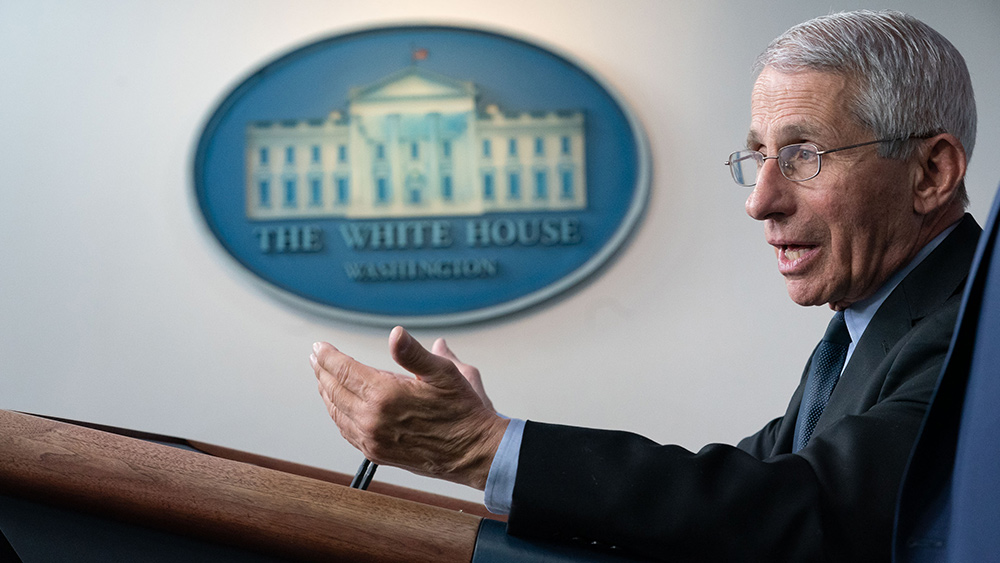Model shows ending coronavirus lockdown prematurely could cause a devastating explosion of cases
04/20/2020 / By Isabelle Z.

We’re all eager to get back to our normal lives. Whether or not you actually miss heading to the office in person might be debatable, but it’s safe to say most of us are concerned about the economic effects of a long shutdown and the potential for social unrest if it goes on too long.
Yet going back to the way things were too soon could be even worse, as one MIT model shows. Using public data from hard-hit places like Wuhan, South Korea and Italy, the researchers created a model that showed the spread of COVID-19.
According to their calculations, relaxing the quarantine measures in places like the US and UK immediately or even relatively soon would cause an “exponential explosion” of cases.
Just how much can we trust this dire prediction? It’s worth noting that their model proved accurate when they tested it against real data from the end of January to the beginning of March, correctly anticipating the rate of the disease’s spread up to April.
And while most models look at the people who have been exposed, infected and recovered along with those who are susceptible to make their predictions, this one is different because it also takes into account the number of people who are infected but still quarantined and theoretically unable to infect other people. This is what can show the potential impact of ending a lockdown early.
Their models do show a plateau in infections in Italy and the US in the coming week, but they warn this shouldn’t give us a false sense of security and lead us to conclude that it is time to relax the measures.
New York is taking the potential of this disease very seriously, with Governor Andrew Cuomo recently extending the coronavirus lockdown in his state by two weeks to May 15. He said that although hospitalizations are declining in New York, it’s still not clear just how many people are infected by the virus. When those people who are silent carriers of the disease return to work, they could then potentially infect countless other people and effectively cancel out the progress that has been made there so far.
UK officials agree, with Foreign Secretary Dominic Raab saying that although lockdown measures are working, it’s too early to end them and infections aren’t as low as they’d like. In fact, he added that ending such measures could lead to a second peak of coronavirus infections and raise the death toll significantly, just as the MIT model predicts.
Quarantines are inconvenient, but they work
The truth is that the current measures are working. The MIT model shows that in places where government intervention has been swift and quarantine measures have been strong, such as South Korea, the virus’s spread plateaued a lot faster than places with a slower response, like Italy and the US.
There’s also the fact that Singapore, which has already relaxed quarantine measures, is currently experiencing a second wave of infection. Although that country wasn’t studied in the research for the model, it’s a clear example to the world of what can happen if measures are relaxed too soon.
In fact, Professor George Barbastathis said that if the US went down the same path, it could fare even worse. “If the US were to follow the same policy of relaxing quarantine measures too soon, we have predicted that the consequences would be far more catastrophic,” he stated.
The MIT team will share its model with other researchers with the aim of helping to better inform quarantine strategies that could be effective in slowing infection rates.
Sources for this article include:
Tagged Under: coronavirus, covid-19, economy, infections, lockdown, lockdowns, MIT, outbreak, pandemic, quarantine, quaratines, research

















